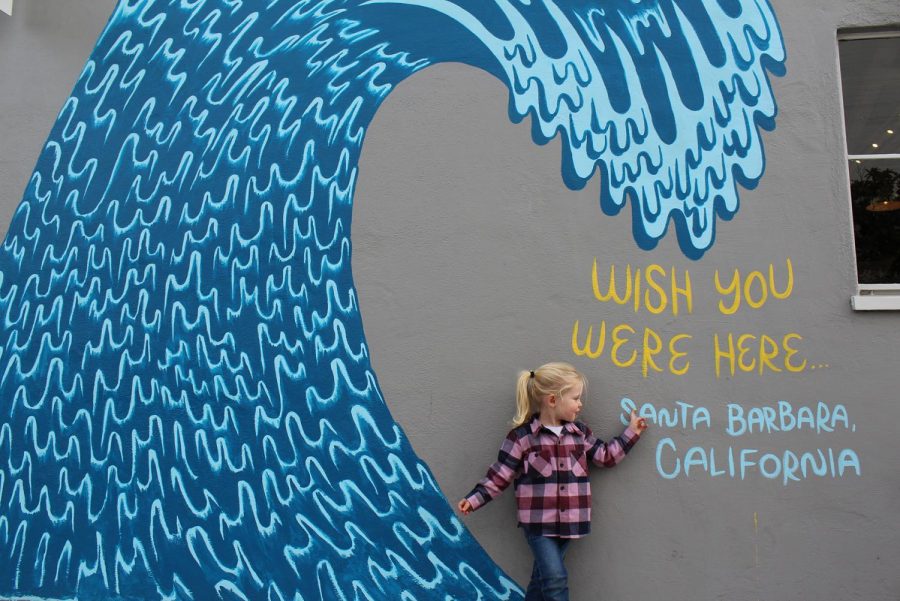 Even on some of my worst days working as a paramedic in Indianapolis, wherever the wheels of the ambulance rolled there was always some art around the city that would provide temporary reprieve from whatever catastrophes my partner and I were between.
Even on some of my worst days working as a paramedic in Indianapolis, wherever the wheels of the ambulance rolled there was always some art around the city that would provide temporary reprieve from whatever catastrophes my partner and I were between.
Whether it be a mural, a sculpture, or some other (sometimes bizarre) installation, public art makes the world a better place.
Sometimes, it’s in the form of graffiti.
Graffiti is an art form that requires a high degree of technical proficiency. It is vibrant and interesting, or at least it can be.
The typical graffiti you see around City College seems to be a hastily scribbled mess of various half-legible numbers and letters that seem like an inside joke that the rest of us aren’t in on.
If you’ve spent any time on campus you’ve seen it.
Graffiti is a real problem. It’s unattractive, it drains resources and frequently contains messages of hate and racism.
One highly vandalized area is the school’s bathrooms. You often find names and various symbols etched into the sinks, mirrors, and toilet seats… I mean who wants to spend so much time touching toilet seats?
In other areas, you can see mismatched paint spots that serve as place markers covering up past tags. An exhibit of past wounds inflicted by vandals.
Graffiti doesn’t just affect City College, it’s a problem throughout Santa Barbara.
For example, the recent vandalism that occurred at an Eastside bus stop with symbols associated with white supremacy.
The city of Santa Barbara spends hundreds of thousands of dollars each year on graffiti removal alone. I can think of many better ways to spend that money.
Our grounds and security crews here on campus work tirelessly to take care of graffiti, but without installing security cameras at every possible turn or breaking the bank by carrying out lengthy investigations, there is little they can do to combat this problem.
Graffiti is so common around campus that City College buys bulk paint to recover damaged areas that can’t otherwise be removed with cleaning products.
So how can this problem be solved?
Some areas around campus that are frequently subjected to tagging would make perfect places to liven up our surroundings with some public art, such as murals.
Mural programs have been put in with great success in almost every corner of the world.
The US Forest Service launched the “Convert a Can” program in 2012 and saw a significant reduction in illegal graffiti by putting murals on all the trash cans in the Angeles National Forest in Los Angeles County.
Other mural programs have proven successful in Las Vegas, Saint Louis, Denver and even in Tel Aviv-Yafo.
Generally speaking, day to day taggers will seek out clean slates to make their mark. This is why murals work. The nice clean canvas is taken out of the equation.
Public art tells a story. It can be used to highlight a changing culture, like the vibrant eclectic murals in the funk zone in Santa Barbara. It can pay tribute to the past like the pieces in Lompoc dedicated to the native ancestry of the area. It can even display a vision for the future.
While public art is not totally immune from vandals, it’s a start. It adds uniqueness to communities. It sets us apart and tells our story.
There are also other steps that can be taken to reduce the harm done. One way to protect murals is by using a “sacrificial coating” which is easily cleaned off the surface taking away any spray paint or marker residue with it.
We have a diverse community here at City College, and in Santa Barbara as a whole. We need to celebrate that diversity and pay homage to those who came before us.
Public art is freely accessible and non-exclusive. It doesn’t care what your socioeconomic status is or how important you are, it’s for everyone.






